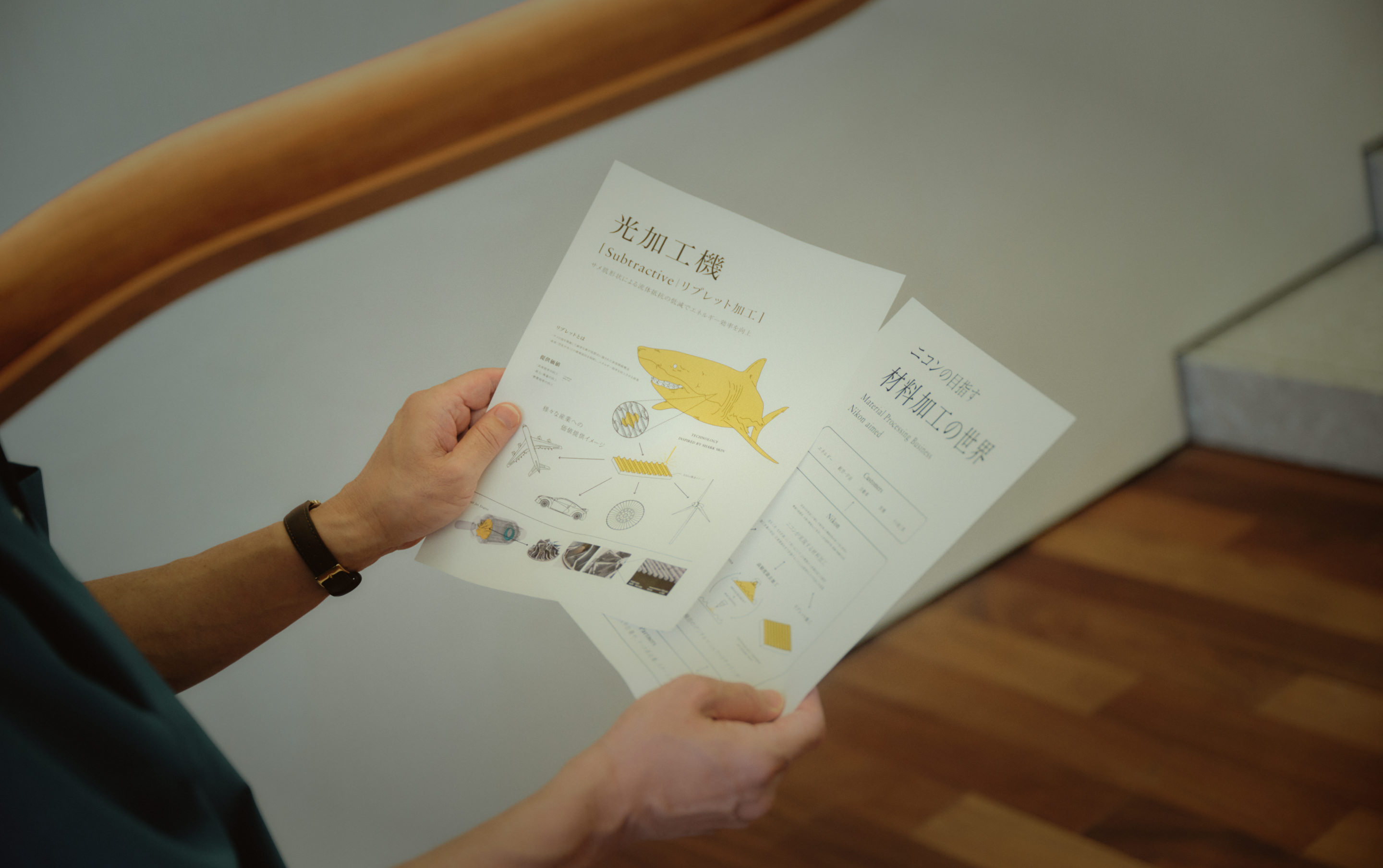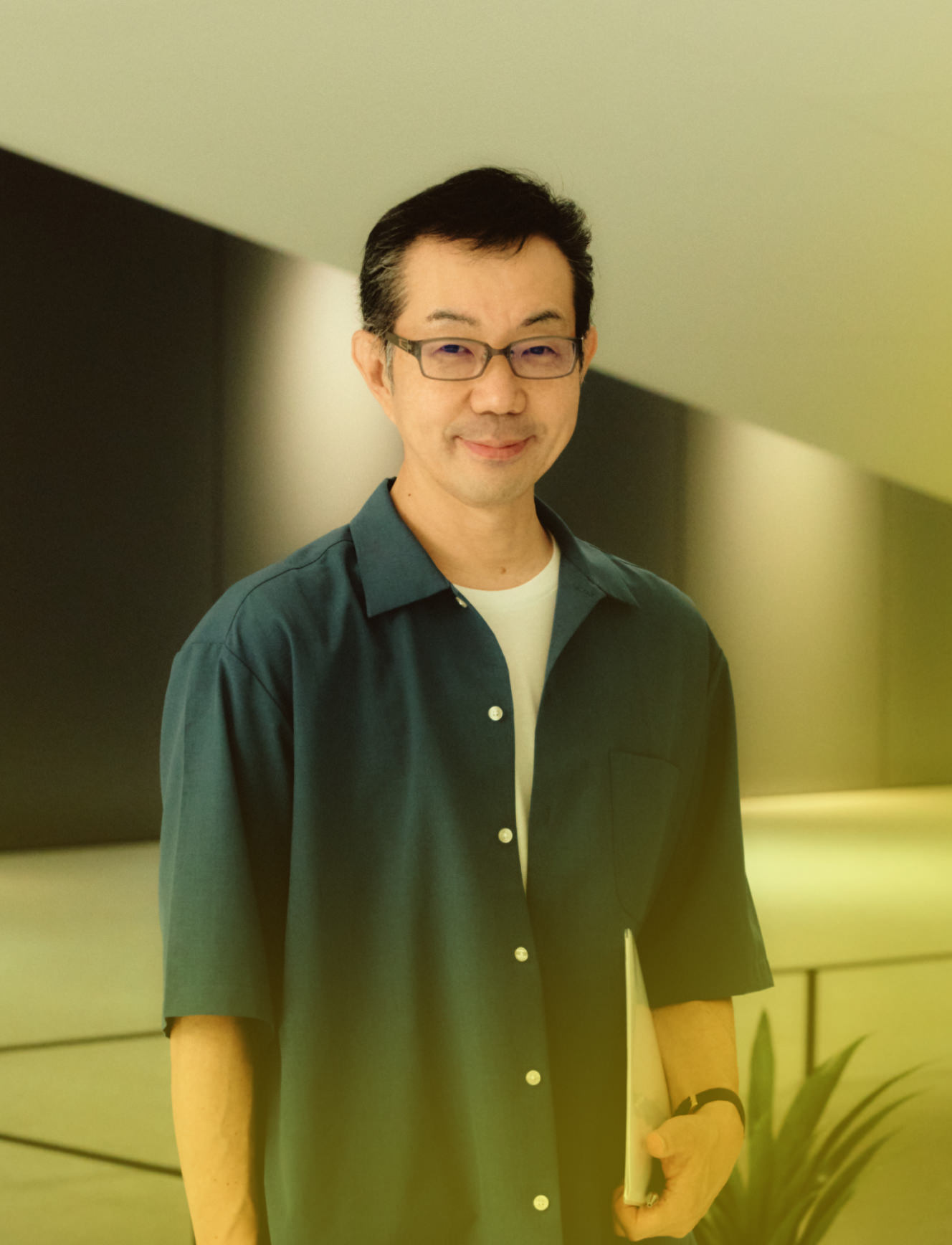コンポーネント番号: 21
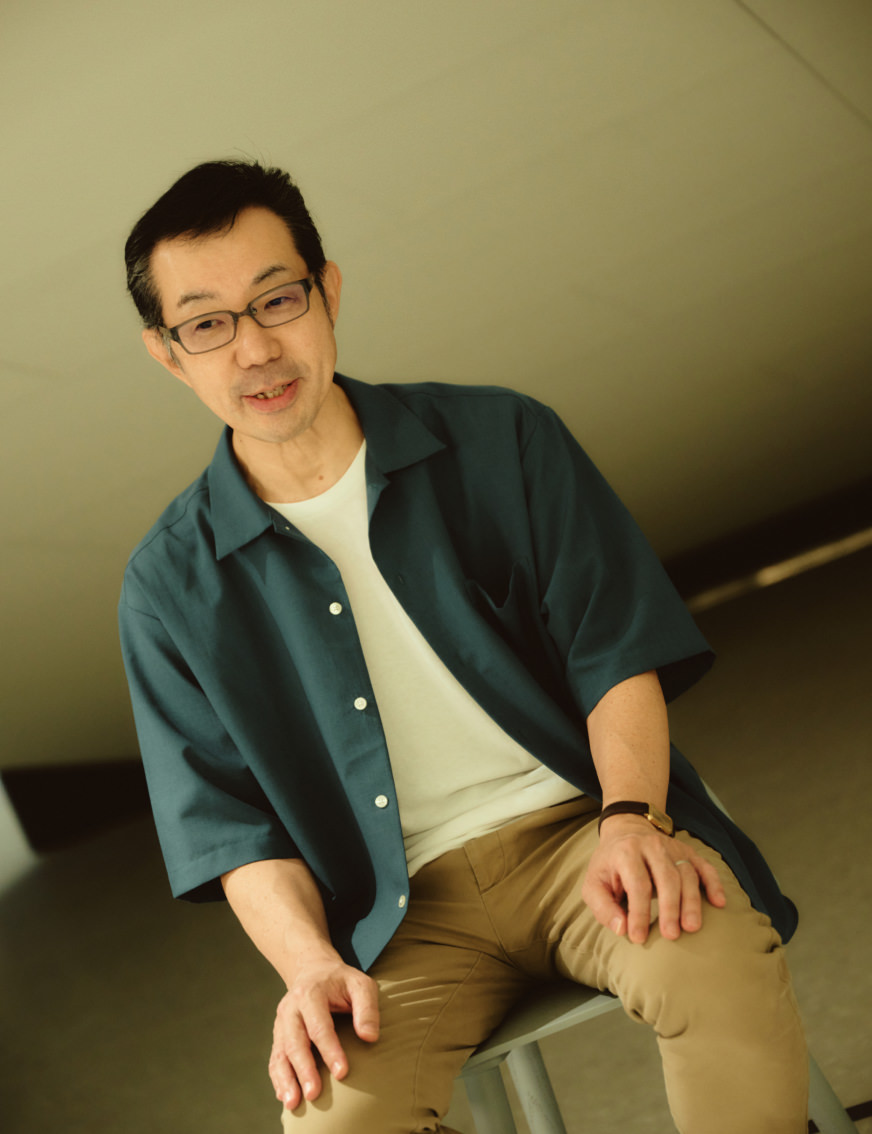
コンポーネント番号: 22
The Power of Design
コンポーネント番号: 3
I have been involved in advertising-related activities at Nikon for many years, and I currently work
at the Design Center and Marketing Section of the Semiconductor Lithography Business Unit. Although
I belong to the Design Center, I cannot draw pictures or lines in conventional artistic ways. I did
formerly belong to the art club when I was at high school, but I only joined because I was invited
to. I'm actually not capable of creating a graphic or product design.
So, that might make
you wonder what exactly I am designing at Nikon. Simply put, I design communication. Over the years,
I have witnessed the exact moment when various designs such as advertising graphics, commercials,
and products touched people's hearts. I became interested in Nikon when I was a student and at that
time was actually one of the many people who longed to own the F3 SLR camera.
Through such
power of design, we can build better relationships between Nikon's efforts in products and corporate
activities with our customers to enhance the overall encounter — ultimately, we are pursuing new
possibilities for advanced communication.
コンポーネント番号: 4
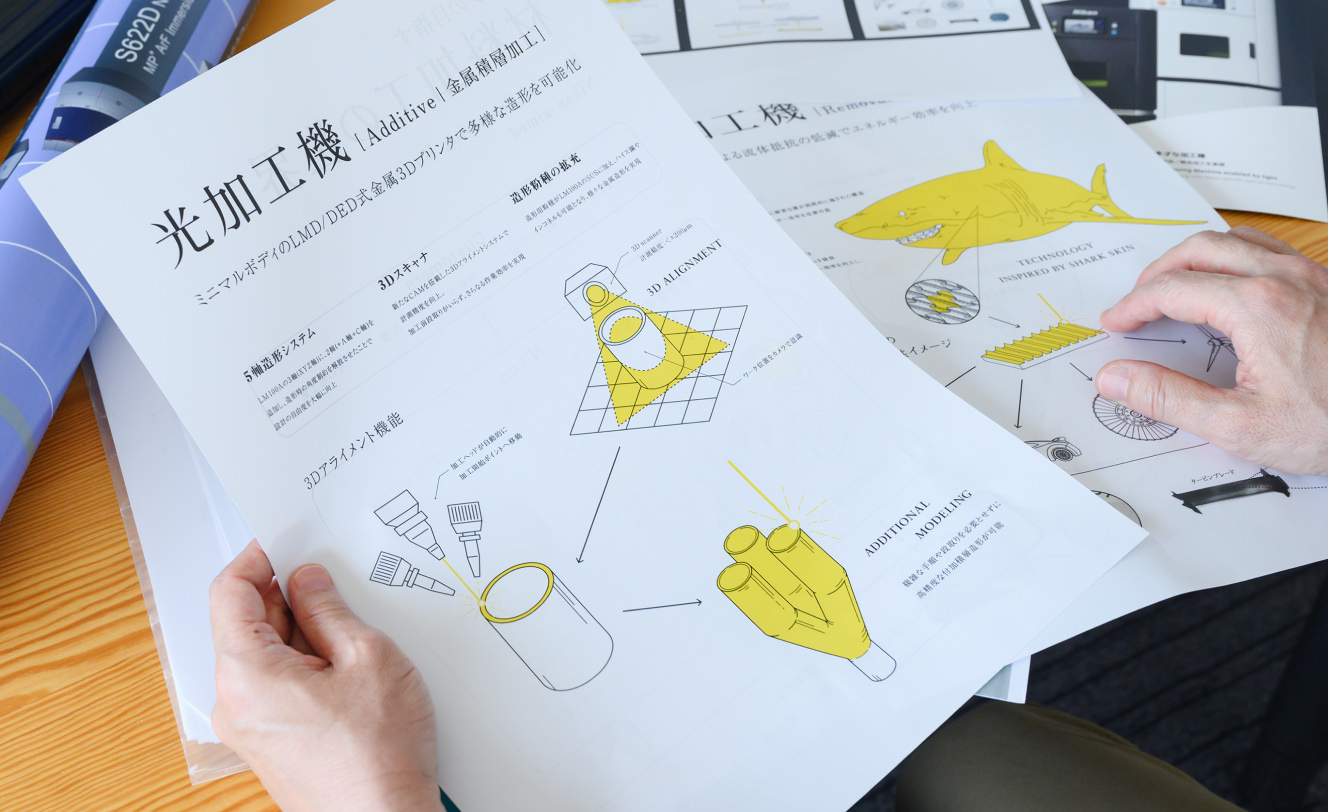
コンポーネント番号: 21
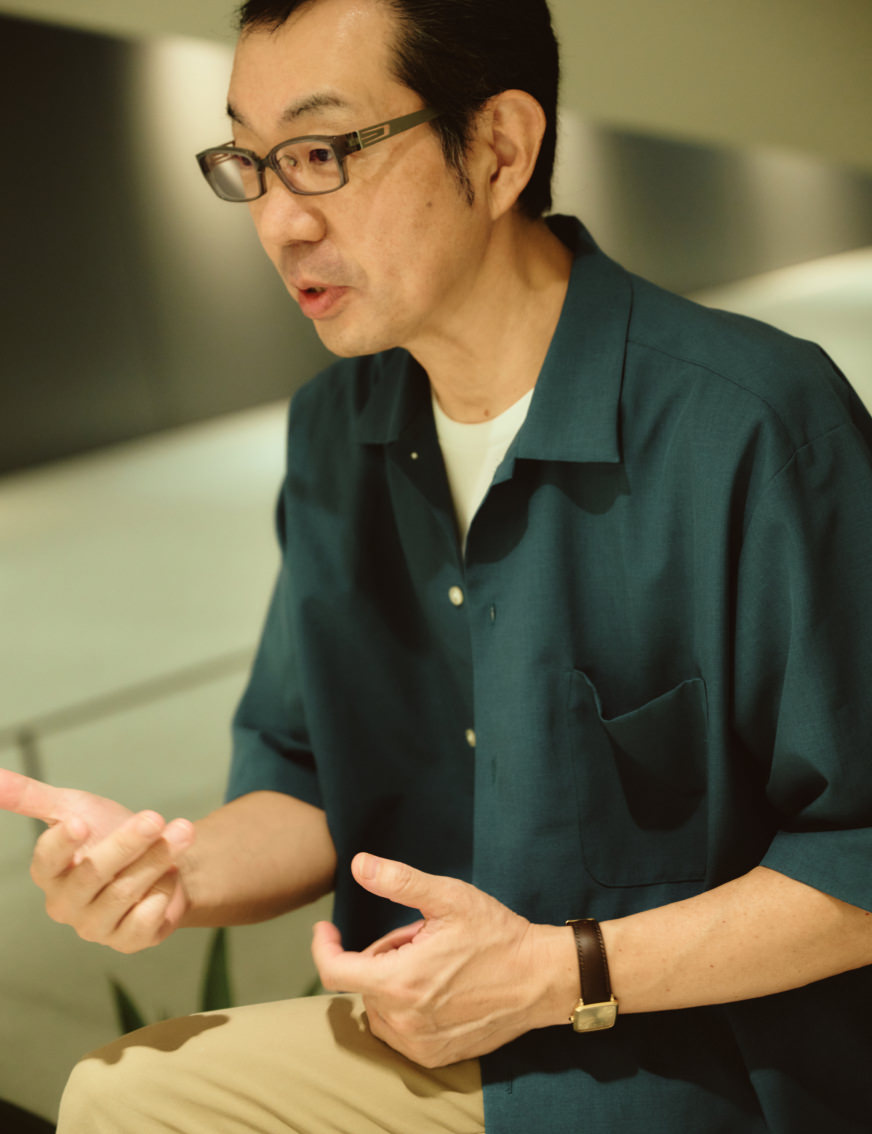
コンポーネント番号: 22
Shifting from "appearance" to the essence of design
コンポーネント番号: 3
My first job at the company was installing Nikon's neon signs in cities around Japan. It was a very
simple job, but I remember devoting myself to checking how faithfully the shape of the logo was
reproduced. We had to ensure that the logo itself was a true representation of Nikon as a
company.
In addition to that, it was also a valuable opportunity to be able to experience the
work of Yusaku Kamekura, a leading graphic designer. Since then, I have been involved in various
projects with external creators during my work in the production of exhibition panels, videos, and
brochures.
We would like to create beautiful and cool products that are worthy of
carrying the Nikon brand, and help people to fully understand and appreciate them. I am confident
that I have been making my best efforts towards achieving this common goal with creators thus far.
コンポーネント番号: 4
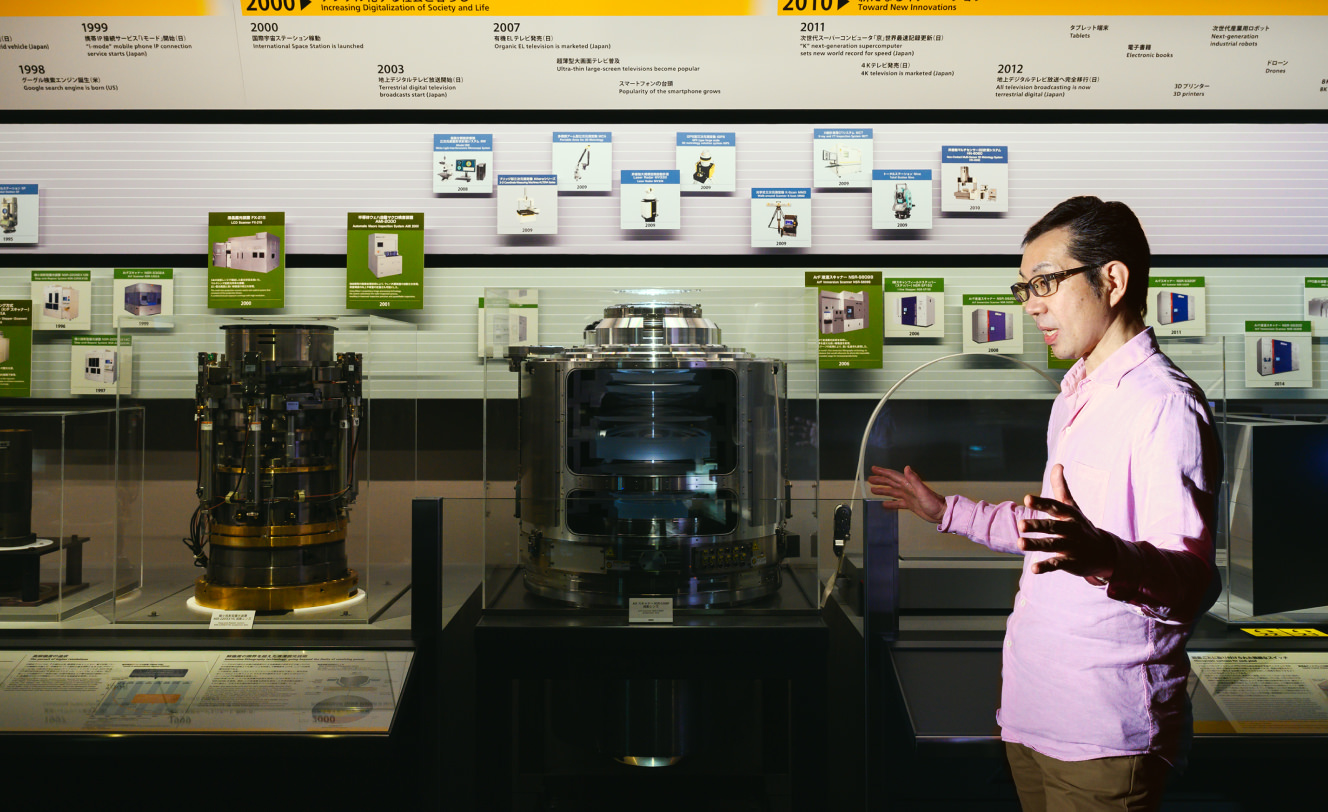
コンポーネント番号: 3
However, it was later that I realized the true essence of design, which is concealed behind what is
actually visible. One specifically memorable experience was when I was involved in the opening of
the Nikon Museum, a corporate museum, as we were commemorating Nikon's 100th anniversary, with many
other external staff members.
The Nikon Museum was intended to serve as a platform to
display the history of Nikon's various businesses, products and technologies in one location and to
convey a comprehensive overview of the company. I was asked to introduce BtoB products that the
general public rarely sees and to also explain the optical technology that is at the core of all
Nikon products. But the problem was that, no matter how beautiful the graphics or cool movies are,
it is difficult for people to be interested in things that are so far removed from their daily
lives.
There are some things that cannot be solved by conventional methods... I felt that
the difficulty of this project was different from anything else I'd participated in up to that
point.
If this is in fact the case, we thought, why not try letting people see the actual
product, and developing eyelevel communication with the various visitors?After racking our brains,
we came up with a relatively simple answer.
For example, the semiconductor lithography
systems (steppers/scanners) which are indispensable for semiconductor manufacturing, have been
called "the most precise in human history." We still had the equipment from the 1980s, which has
been stored at a factory in Kumagaya. So, we asked the designer at that time to maintain the
equipment so that people could see the actual movements for themselves.
コンポーネント番号: 4
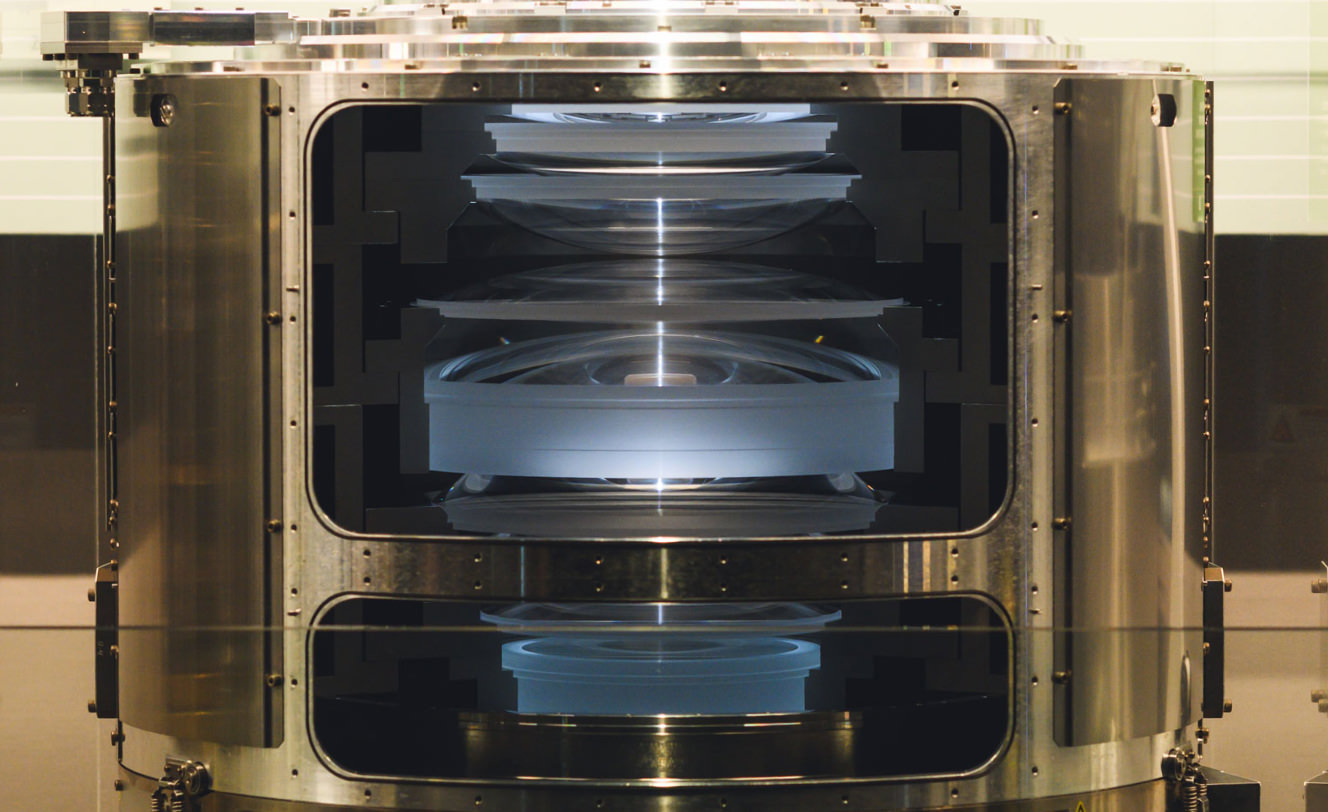
コンポーネント番号: 3
Nikon has been researching "applied optics" since the company's inception, but because most people
are not normally aware of it in their daily lives, we needed to present something that they could
see, touch, and feel. For example, we placed a Synthetic Silica Glass Ingot, the basis of the
projection lens, at the entrance of the building and set up a corner where even young children could
simply understand the science of light.
In addition to the perfection of the space, the
modeling of the product and the beauty of the panel, we pursued the best communication from the
visitor's point of view. In the end, I felt that I could actually touch the essence of the design.
コンポーネント番号: 4
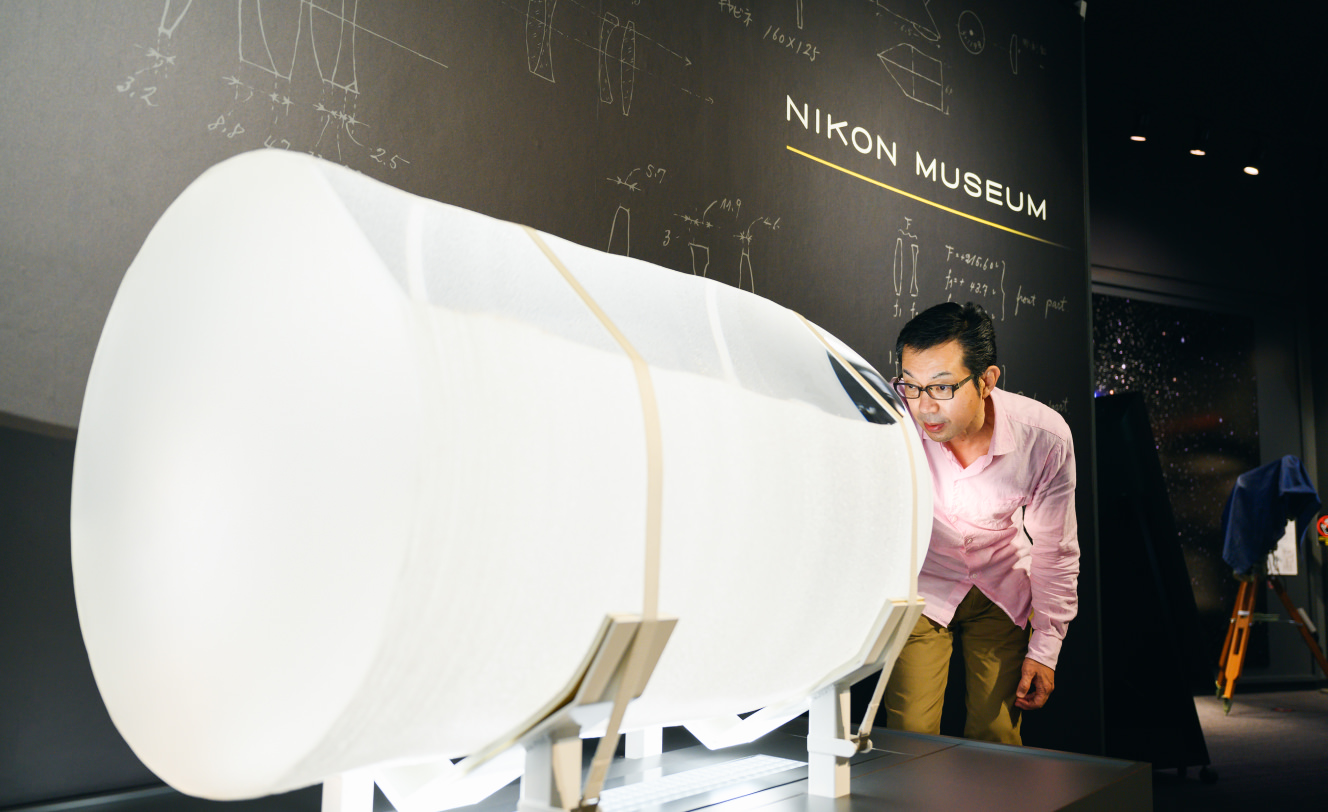
コンポーネント番号: 4
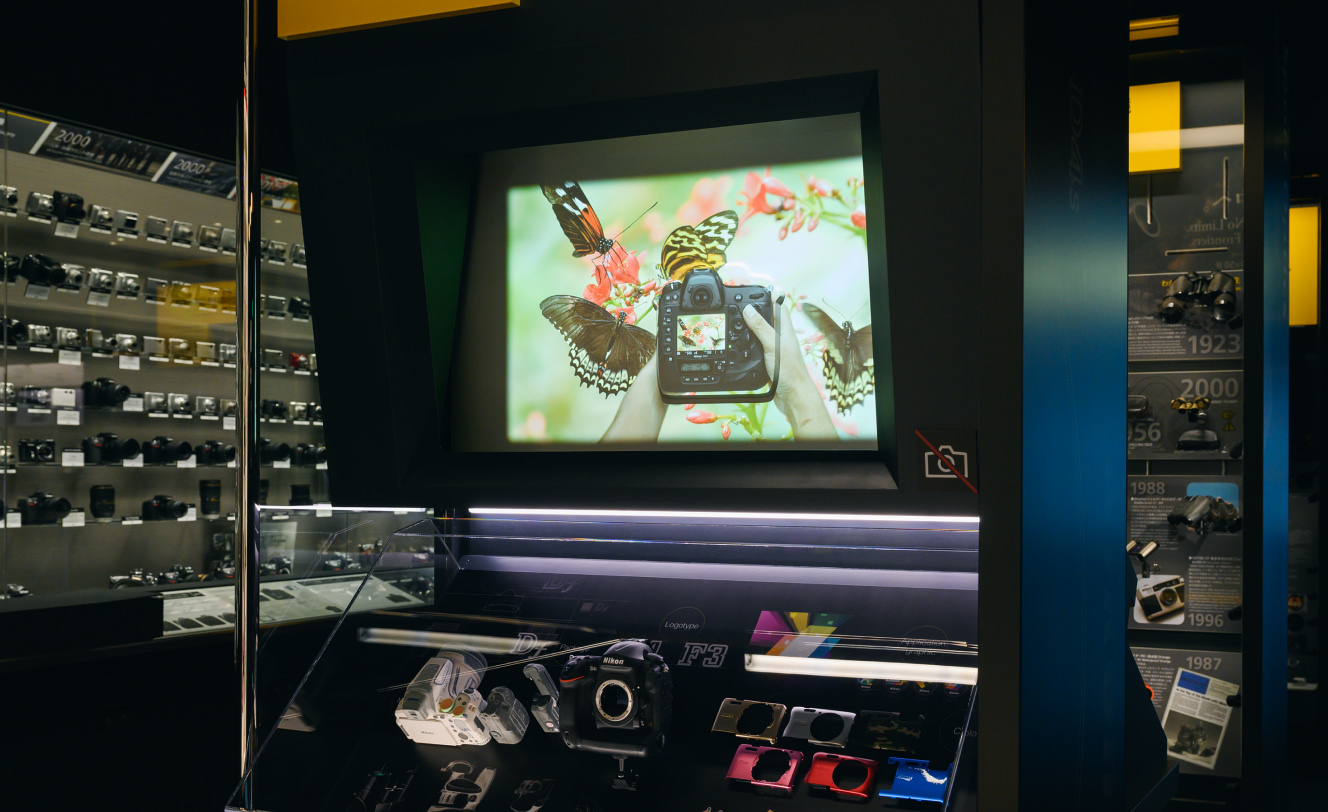
コンポーネント番号: 4
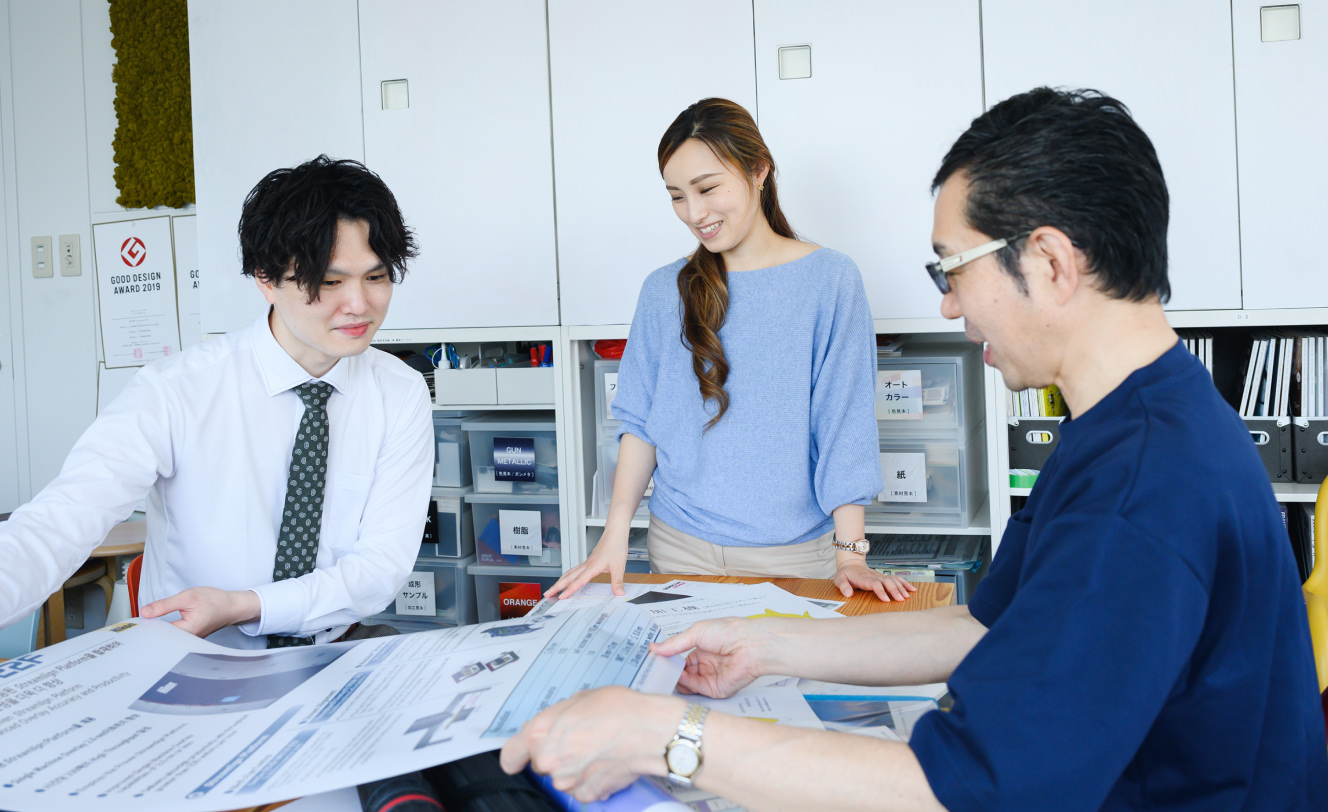
コンポーネント番号: 21
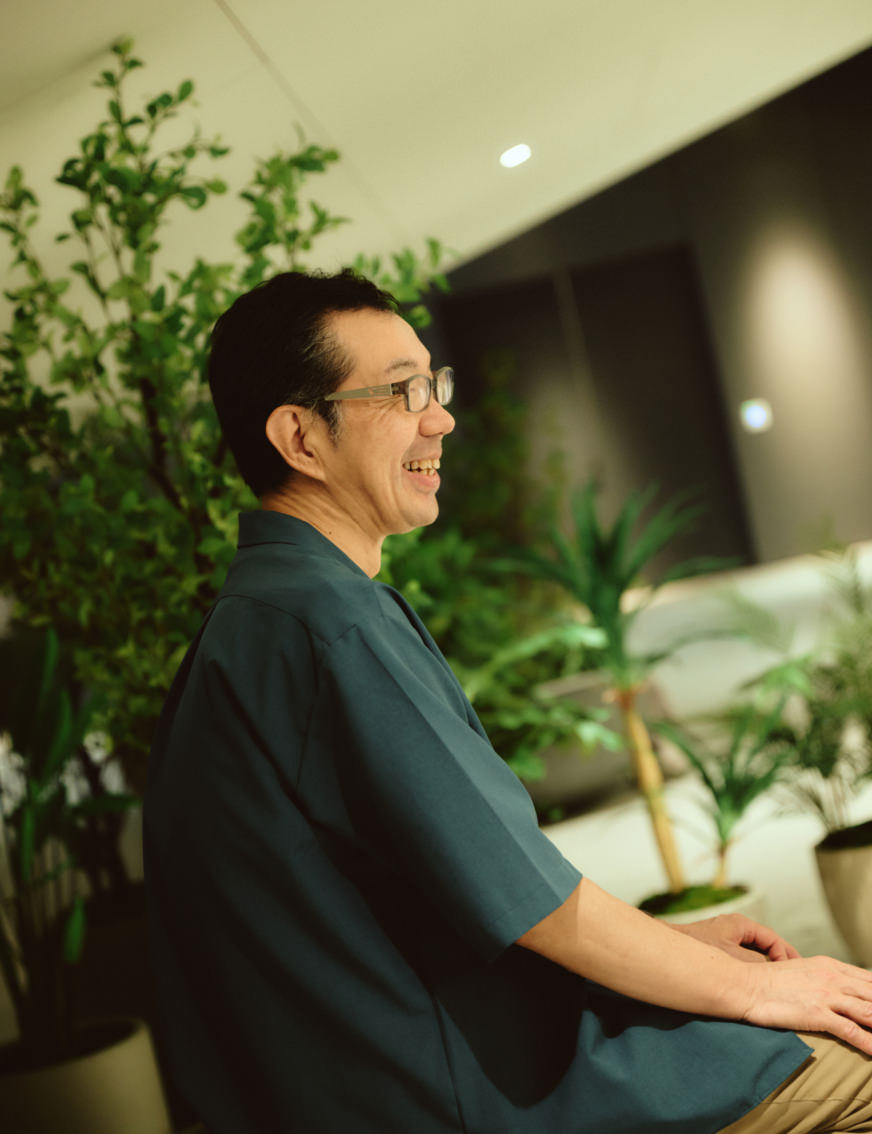
コンポーネント番号: 22
New possibilities for Nikon design
コンポーネント番号: 3
We are now hoping to use the power of design to improve communication between Nikon and the
world.
Nikon established a unique division that integrates its brand division, which is
responsible for communication with many people including users, with its design division. This
unprecedented structure allows us to effectively utilize the skills of our in-house design team in a
variety of communication fields other than just products and graphics.
"The power of
design" is beneficial not only to users, but also to a lot of people within Nikon itself. There are
many products and services that could produce better results as a business if communicated in a
different way.
Naturally, this does not just mean that creating more elaborate brochures
will suffice. We really want to convey the best aspects of our products and services to the public,
and we must carefully address the current issues one by one. Nikon's designers always work with the
user in mind by maximizing their abilities to come up with the optimum solutions. Furthermore,
utilizing the skills of outside creators will further develop and maximize the effectiveness of
overall communication.
I truly believe that the power of design is strongly supporting Nikon's
challenges for the future.
コンポーネント番号: 4
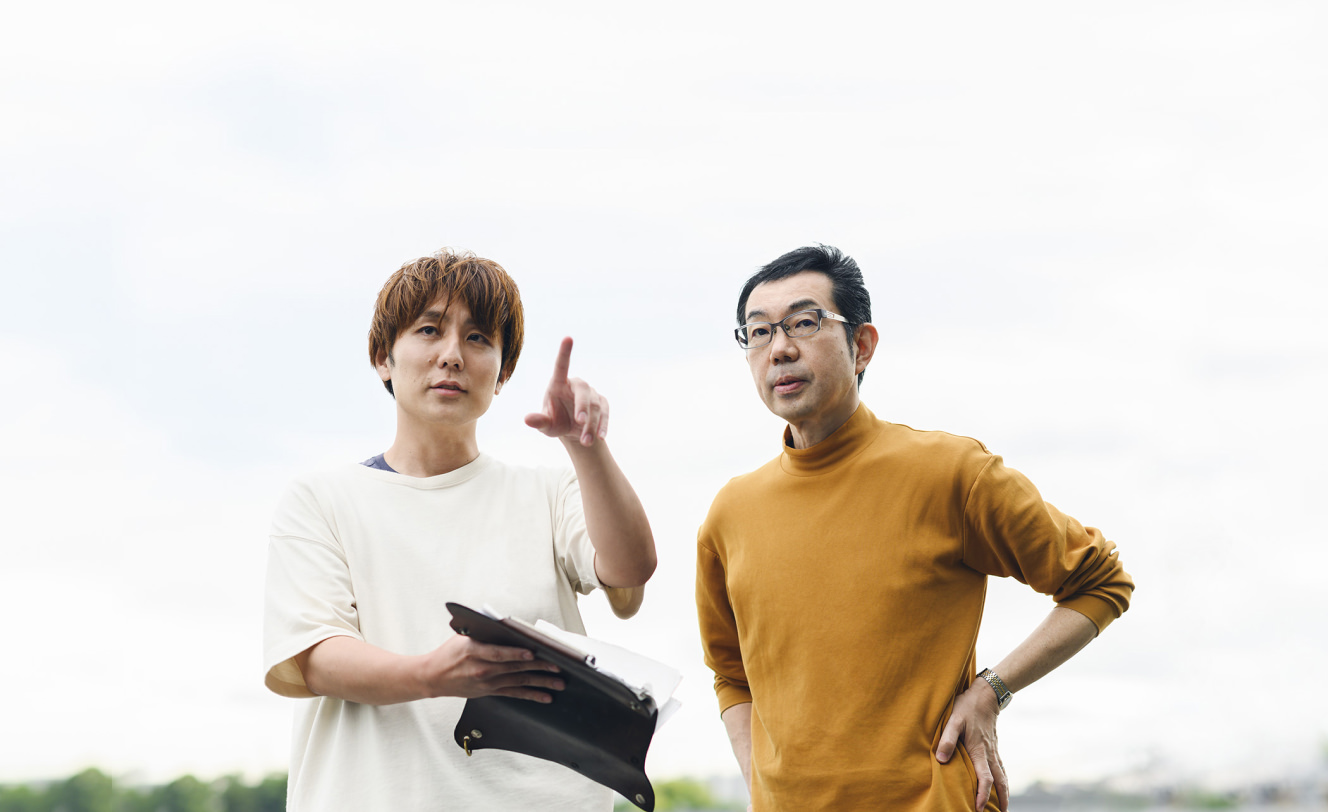
コンポーネント番号: 21
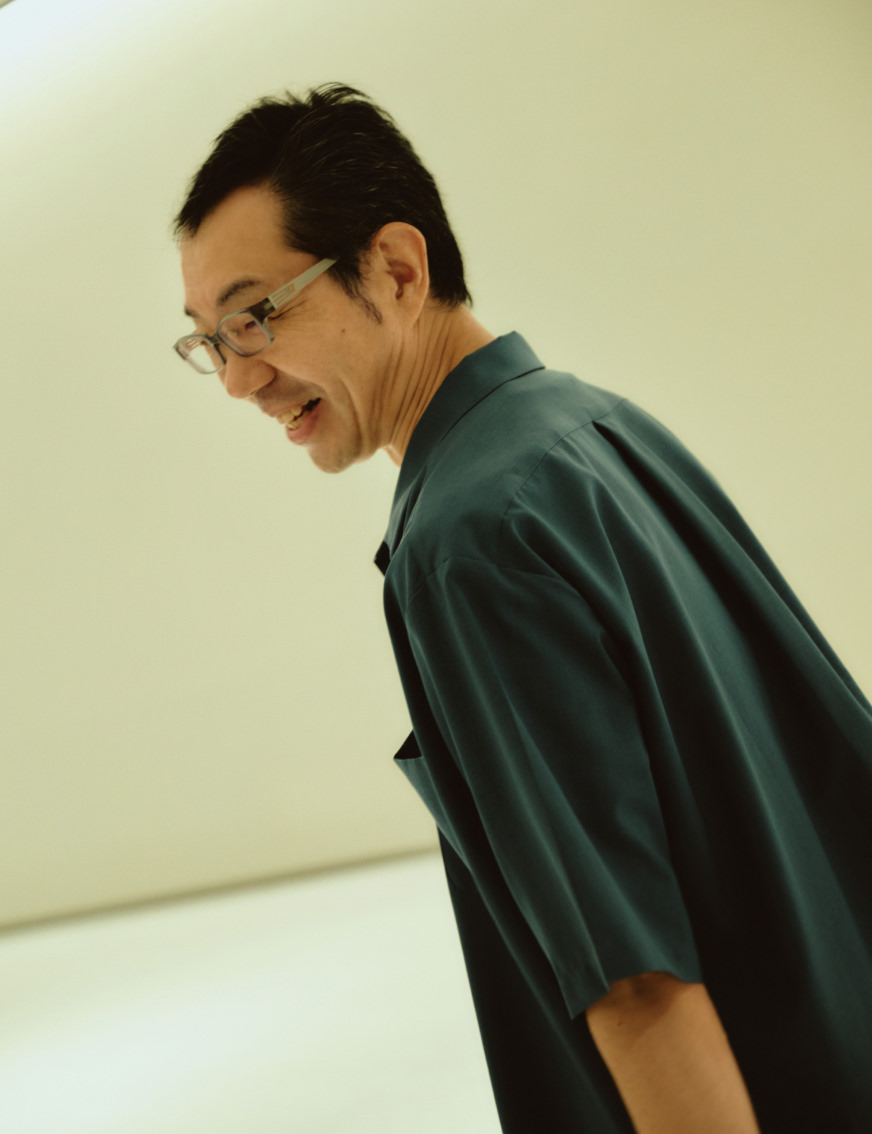
コンポーネント番号: 22
Creating contact points between Nikon and people
コンポーネント番号: 3
In order for more people to get to know more about Nikon, we have produced two movies at this time,
which are examples of such efforts.
These movies involve information that usually tends to be
rather over-serious as a "corporate introduction" explaining what Nikon has achieved up until now,
what Nikon is creating, and what Nikon intends to produce in the future. However, we have completed
these new movies in a style that can be enjoyed by people who have never even heard of Nikon, or who
may usually find this kind of information too dry to bother with.
コンポーネント番号: 4
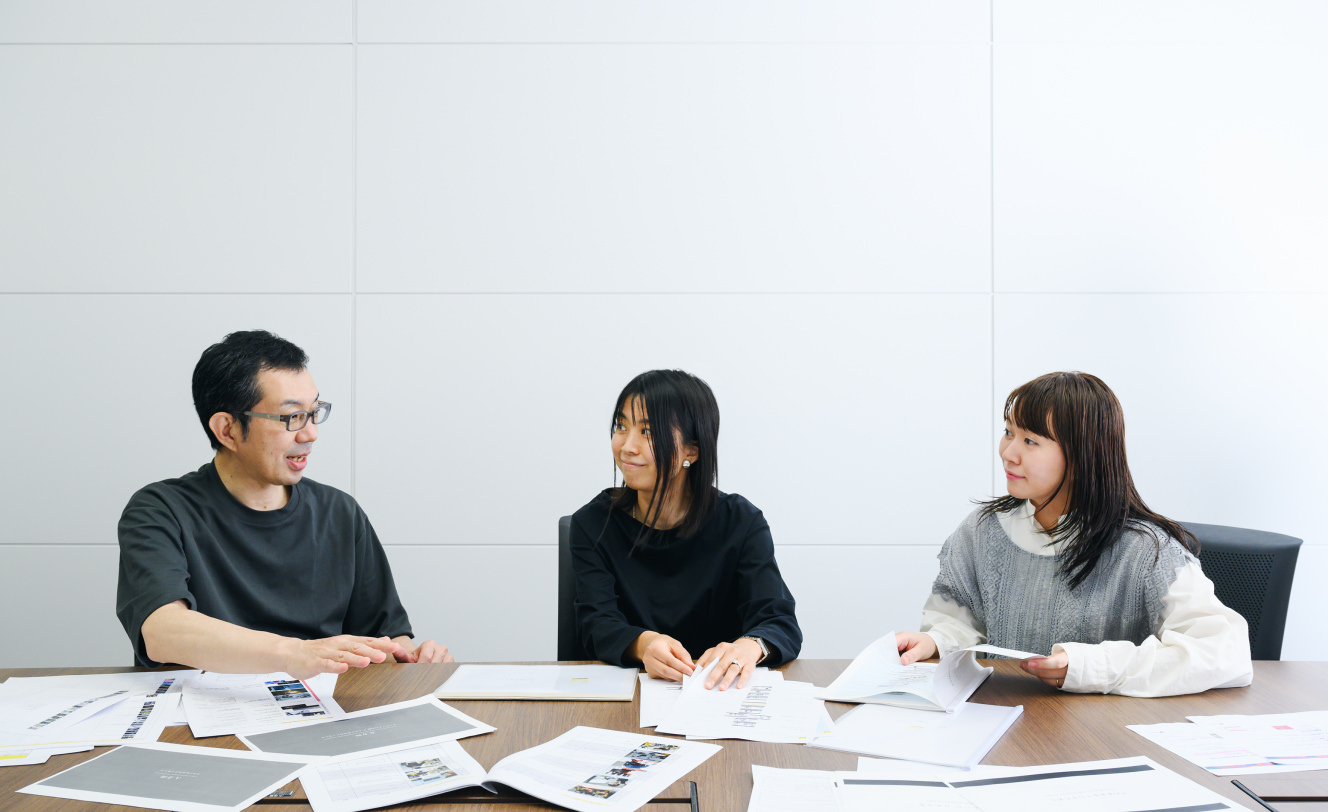
コンポーネント番号: 3
"Manufacturing Makes It Happen" introduces the directions Nikon is taking in the future through the
passion of lively company employees.
Even though Nikon is a company, it's the people in it who
really bring it to life. It would be best for our message to be delivered in a relatable way. That
is why we asked Nikon staff involved with product development in various fields to appear in these
movies and share their thoughts in their own words.
コンポーネント番号: 4
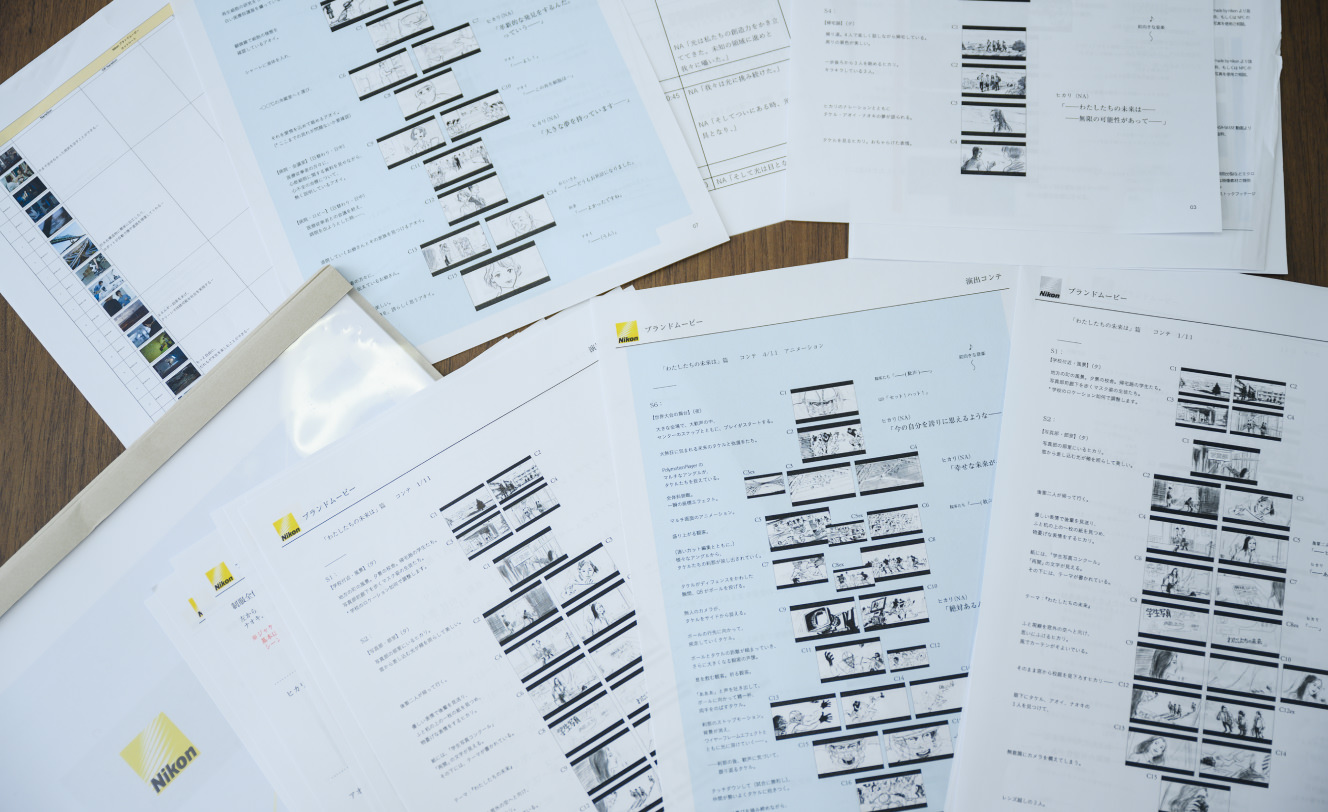
コンポーネント番号: 3
The second movie is "Our Future is...", which aims for a new form of expression by combining live
action and animation.
How can we get the word out about Nikon, especially to younger people? In
response to this question, one of our staff members suggested using animation in a movie. Since
there was no precedent, we were unsure as to how to go about it at first. However, when we went back
to the basics of design in order to connect with people, there actually appeared to be no better
solution. Together with the staff members, we immediately visited a production company known for its
animation capabilities and started to discuss potential storylines.
As a result of this,
four high-school students were asked to envision the future that each of them would like to realize.
Nikon's products and technologies were then linked to their visions of each particular future. I am
sure that these movies will show a fresh new side of Nikon.
コンポーネント番号: 21
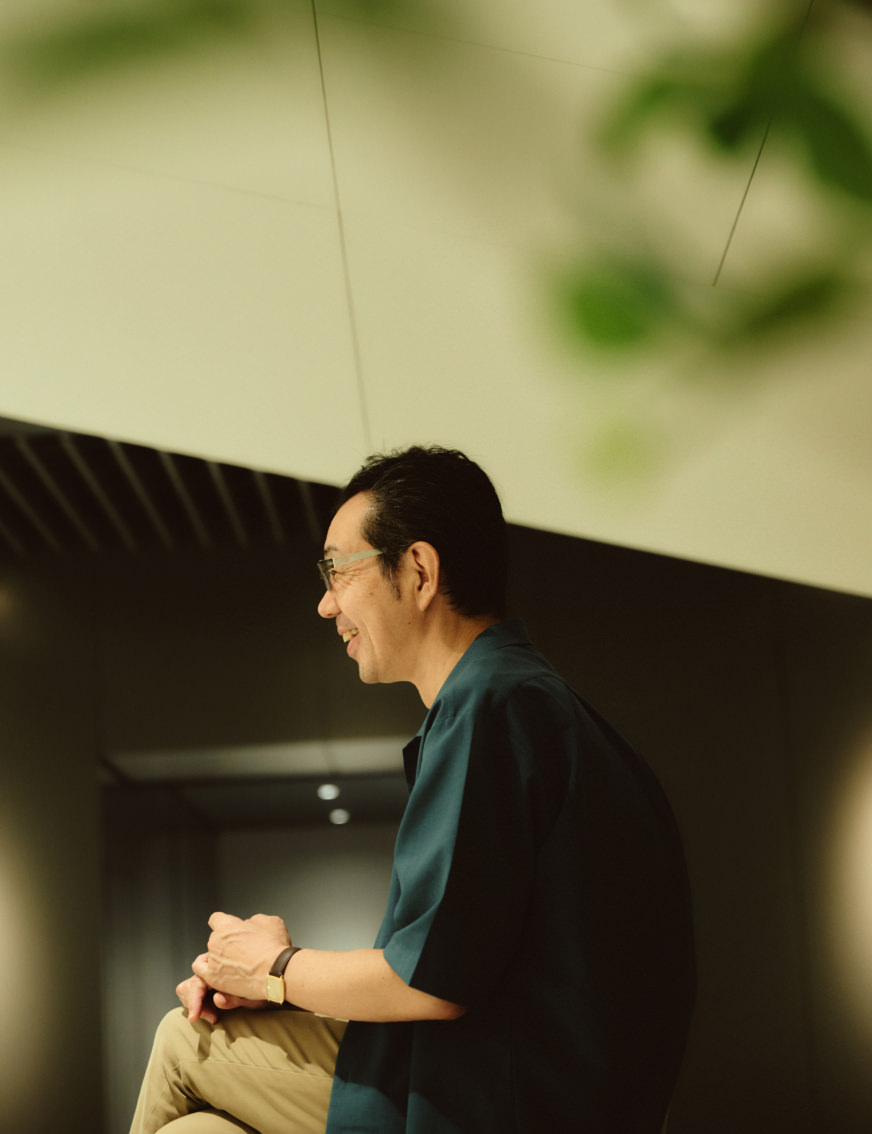
コンポーネント番号: 22
It's always about communication
コンポーネント番号: 3
How will design change in the future? At the moment, various technologies have been developed and
communication between companies and people, as well as just between people, continues to evolve. I
believe that new methods of expression and innovative media will increasingly emerge as we move into
the future.
Even so, the essence of thinking thoroughly about the person to be communicated
with and facing any issues seriously will never change. We will continue to perfect the design of
relationships between Nikon and people, while creating an environment where individuals both within
and outside the company can maximize their potential.
コンポーネント番号: 2
Team members talk about design and communication
コンポーネント番号: 10
Solving communication issues with internal and external teams
As the demands of design change, it is important to gather as much wisdom as possible inside and outside the company, and discover solutions as a team. How can we effectively draw a path to problem-solving without sticking to one method such as graphics or products? That is what I aim to uncover in the future. I would like to take on new challenges by widening the scope of my own antenna.
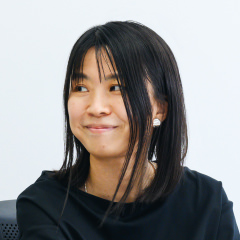
I want to continue pursuing new forms of communication
Currently, we have specifically proposed image expression employing animation. For younger people,
animation is a familiar expression that they have been accustomed to since their childhood days. I
thought that it would probably be the best way for younger generations to learn about Nikon.
As
a result, various creators cooperated with us so that we could realize a spectacular movie.
As
presentation platforms such as social networking have diversified, the number of "people who
express" has been increasing in the world. I think that new creators' expressions contain hidden
hints for communication that have never been seen before. We hope to be stimulated and broaden the
range of communication for ourselves as well.
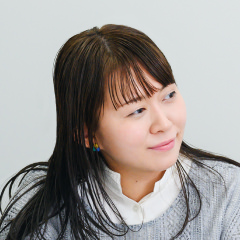
Asuka Nakamura
Communication designer
コンポーネント番号: 13
*Position and job description are as of the time of the interview, but have been partially revised.

